Dysbacteriosis is a term that is used in microbiology. They denote the state of microflora on the skin, in the nose and vagina, the intestines of a person. Most often, if they mention dysbacteriosis, they mean intestinal dysbacteriosis.
Content
- symptoms of dysbiosis in children
- Causes of dysbiosis in children
- Dysbacteriosis in infants
- Possible consequences of dysbiosis
- How to be tested for bacteria overgrowth in children
- Treatment of dysbiosis in children
- drugs and for the treatment of dysbiosis in children
- Treatment of dysbiosis folk remedies
- Prevention of dysbiosisin children
- Dysbacteriosis in children: advice and feedback
- Video: Dysbacteriosis - Dr. Komarovsky's school
- Video: We treat a dysbiterioz home
conditions in the colon of a healthy person is more than four hundred cultures of microorganisms, for example, streptococcus, E. coli, lactobacilli, and others. Interacting, bacteria participate in the digestive tract.
Microbiologists have developed the optimal ratio of "good" and "bad" microorganisms. Deviation from the norm, that is, the predominance of pathogenic bacteria, provokes various disorders of the digestive system.
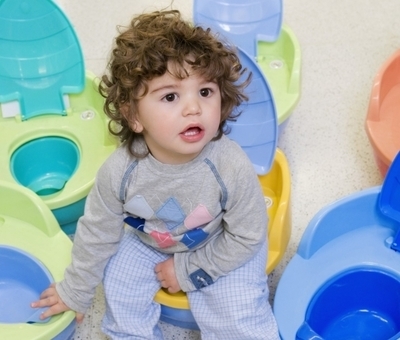
Symptoms of dysbiosis in children
The degree of manifestation of dysbacteriosis in a child depends on its age, features of protective properties of the organism and prevailing pathogenic microorganisms.
Among the main symptoms are:
- dilution of stool, in simple terms, diarrhea;
- feces acquire a greenish tinge;
- bloating and colic;
- redness and flaky skin;
- darkening of tooth enamel;
- pain in the lower abdomen.
If the dysbacteriosis was not noticed immediately and entered the chronic stage, then the baby's cheeks become covered with red specks. Outwardly, it resembles a diathesis, which it is.
Intestine does not cope with the neutralization of toxins and allergens, because there is an allergy, as a reaction to the "overdose" of harmful substances.
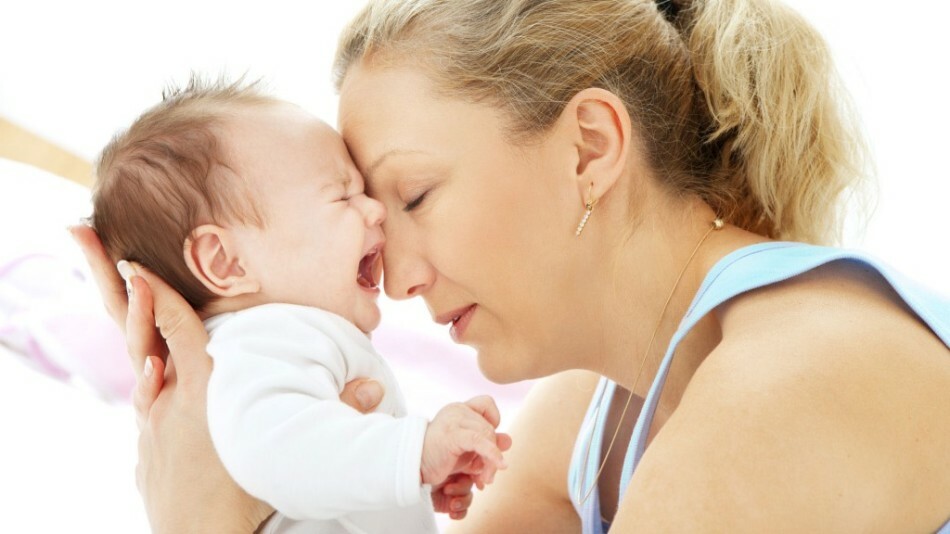 In the case of a baby, it is difficult to detect a dysbacteriosis "by eye", since increased gas formation may result from overfeeding or improper selection of a mixture for feeding.
In the case of a baby, it is difficult to detect a dysbacteriosis "by eye", since increased gas formation may result from overfeeding or improper selection of a mixture for feeding.
However, dysbiosis is not an independent disease. It is like a cold in the cold - a consequence of more serious and global problems of the body.
Causes of dysbiosis in children
Changing the diet of can trigger an imbalance of microorganisms in the intestine. Especially if the products were not matched by age. They are not digested and begin to decompose in the intestine, where they become an excellent medium for the multiplication of pathogenic microorganisms. The same result can provoke overfeeding the child's .
The addition of exotic fruit is considered useful. Especially oranges and bananas have long been considered "childish" products. However, in exotic fruits and microbes exotic for the baby's body.
The mother's body also does not produce the necessary microorganisms for their transmission to the baby. As a result, the intestines and other organs take on themselves the attack of unusual bacteria, from which the child is not yet ready to defend themselves.
And harmful particles do not necessarily enter the body directly with the lure. Often they are passed along with the mother's milk.
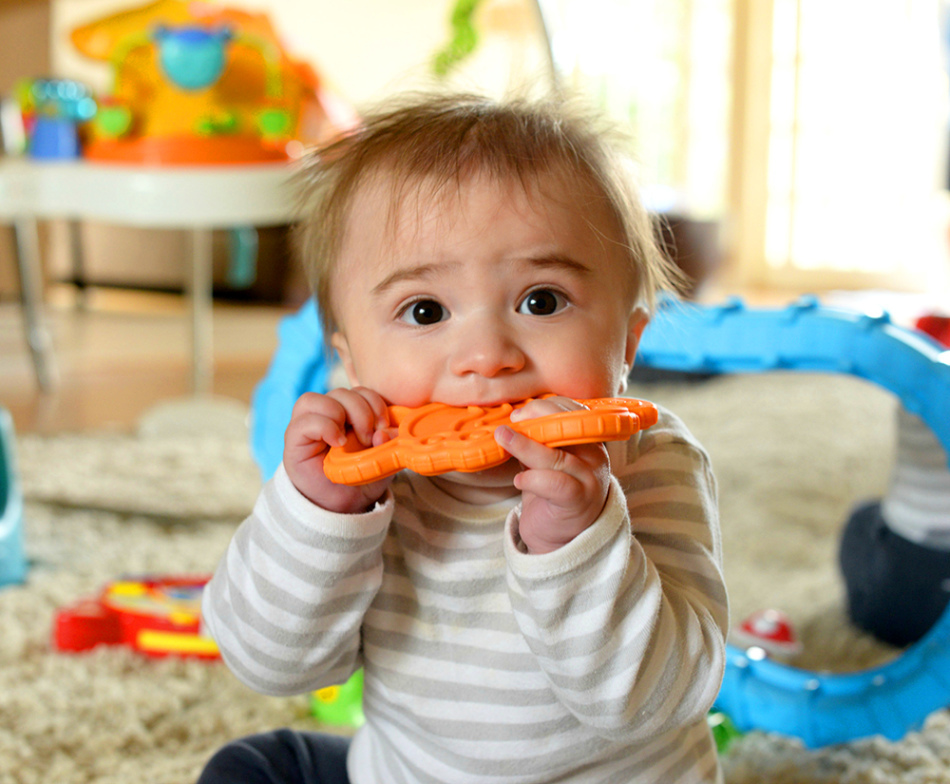 Dirty water , which periodically appears in our faucets, is also full of microorganisms. Change of place of residence or rest at the cottage is often unsuccessfully combined with a disorder of stool not only in children, but also in adults. The reason is that the body develops protection before the actual danger. The microbiological composition of water differs depending on the source, because the body is defenseless in the fight against new pests.
Dirty water , which periodically appears in our faucets, is also full of microorganisms. Change of place of residence or rest at the cottage is often unsuccessfully combined with a disorder of stool not only in children, but also in adults. The reason is that the body develops protection before the actual danger. The microbiological composition of water differs depending on the source, because the body is defenseless in the fight against new pests.
Antibiotics of a wide spectrum of are rarely prescribed to a nursing mother or baby, but sometimes this can not be avoided. The composition of the drug is designed to kill bacteria, indiscriminately on "good" and "bad."
After taking an antibiotic in the baby's intestine, the number of microorganisms decreases sharply. The only question is which bacteria will get faster and will colonize the baby's body.
Dysbacteriosis in infants
A child is born into the world absolutely sterile. In the first hours and days of his life, the intestine is populated with bacteria. More than half of them the mother of the baby passes along with the milk.
Moreover, in colostrum there is a double or even triple( depending on the condition of a woman) portion of useful lacto- and bifidobacteria.
In some cases, the mother is unable to feed the child in the traditional way.
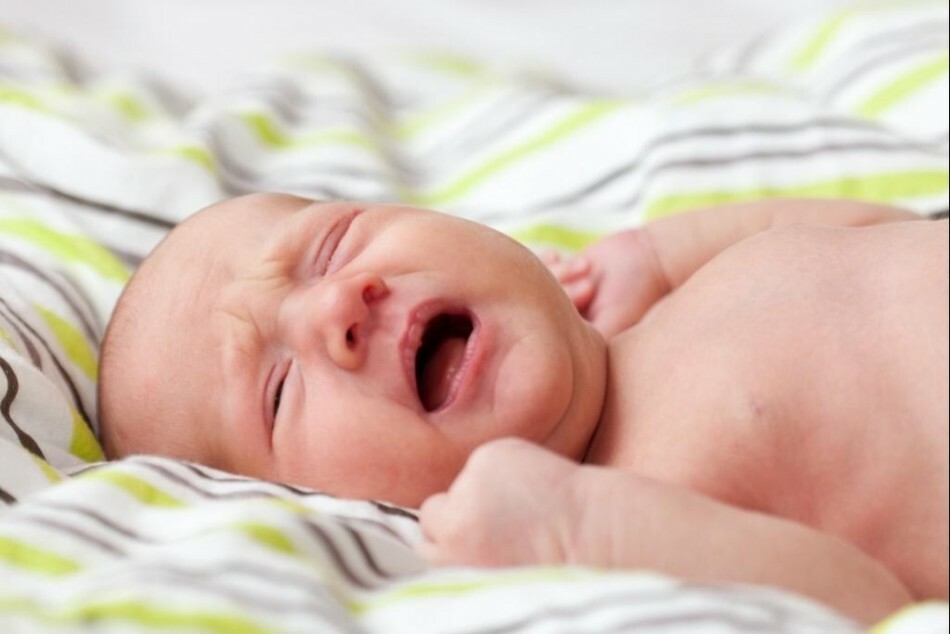 Accordingly, the early transition to mixtures and their incorrect choice become one of the main, if not the only, cause of dysbiosis in infants.
Accordingly, the early transition to mixtures and their incorrect choice become one of the main, if not the only, cause of dysbiosis in infants.
For babies, the best treatment for dysbacteriosis is breast-feeding or an adequate choice of a mixture.
Possible consequences of dysbacteriosis
Dysbacteriosis is a condition of the body, a consequence of other diseases. However, a prolonged imbalance with a preponderance of pathogenic organisms allows them to colonize the intestine.
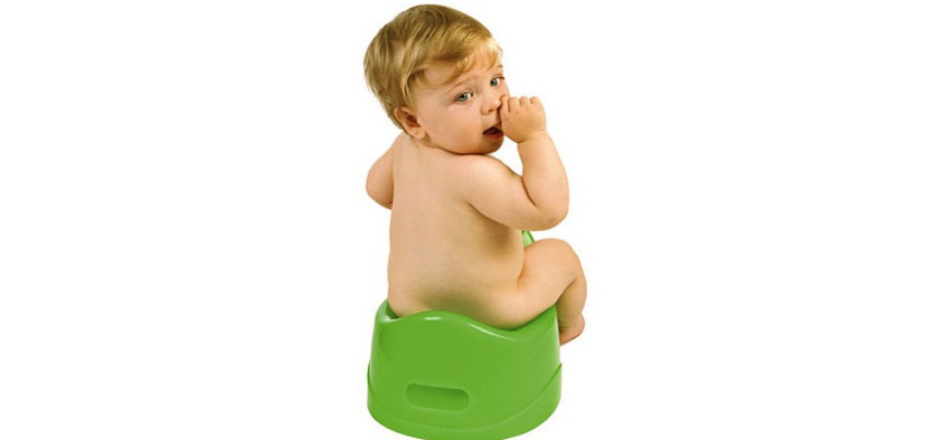
Since bacteria participate in the digestive tract during the splitting of food into its components, the imbalance of the microflora does not allow the body to get all the nutrients from the food. A child is asking for more food, which is the first bell of dysbiosis.
Disturbance of the digestive tract during the absorption of water leads to malabsorption. For the parents, this means that the feces will become liquid and frothy.
How to pass tests for dysbiosis in children
The lack of reliable analysis of the composition of the intestinal microflora promotes disbelief in dysbiosis. Since there is an opportunity to investigate only the stool of a person, the analysis on dysbiosis resembles guessing on the tea grounds.
With feces the body is released from unnecessary or pathogenic microorganisms, that is, gets rid of unnecessary. On the basis of such an analysis, one can not infer a microflora within an organism.
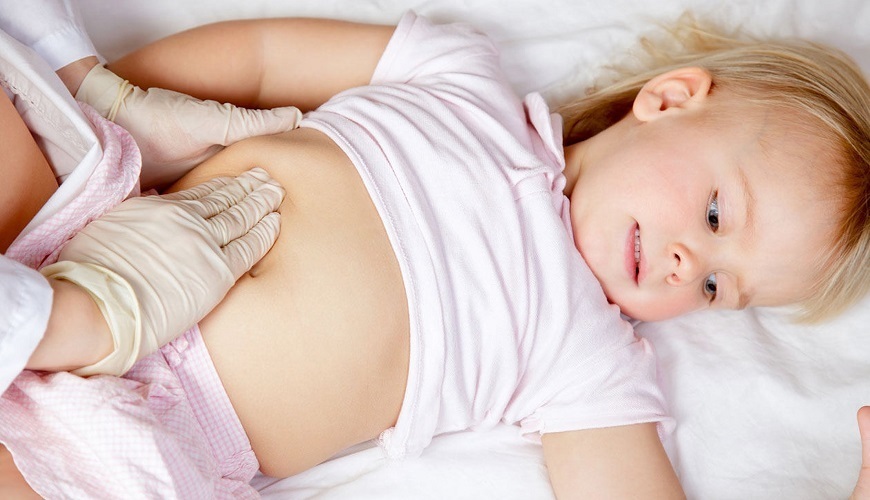
There is no analysis for dysbacteriosis. There is only an analysis for the presence of pathogenic microorganisms.
It is this study that is conducted when identifying symptoms of dysbiosis.
Treatment of dysbiosis in children
Doctors strongly recommend not to confuse the investigation with the cause, because the treatment of dysbiosis is not in the first place.
But to alleviate the general condition of the child there are both pharmacological agents and folk.
Drugs and remedies for the treatment of dysbiosis in children
Despite the frankly negative attitude of doctors towards the existence of dysbiosis as an independent disease, they do not prohibit parents actively to fight against dysbiosis even with the help of pharmacological agents.
All possible probiotics, according to the statements of pharmacological companies, contain useful lacto- and bifidobacteria. But doctors warn that saliva, gastric juice, bile and other liquids of the gastrointestinal tract completely dissolve and render harmless these microorganisms. However, this has not been proved.
Accordingly, no harm, like good, they can not inflict on the body.
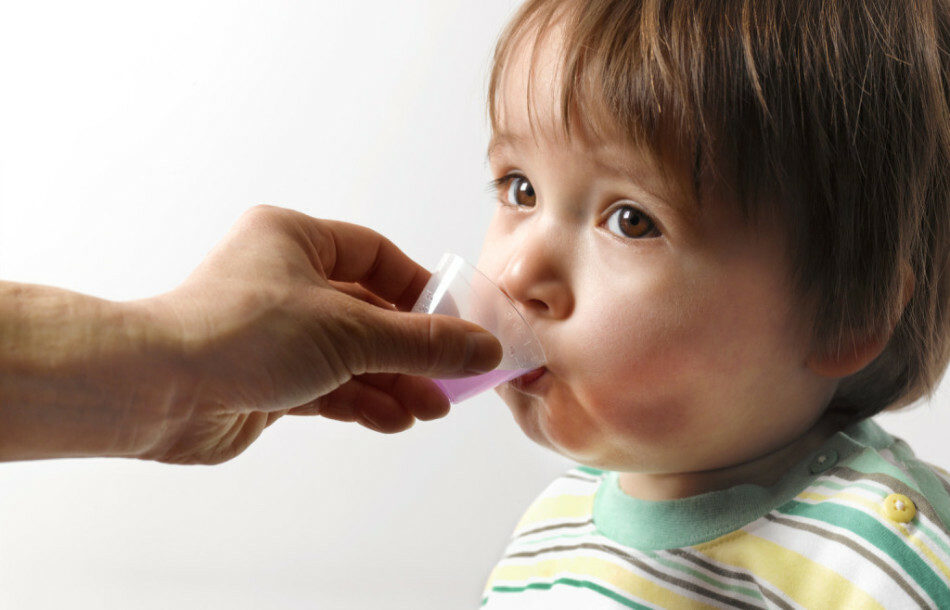
In most countries, probiotics are in the category of "potentially not dangerous drugs".Roughly speaking, these are the same dietary supplements, only in profile.
Pharmacies provide several drugs containing lactobacilli : Lactobacterin in the form of tablets and Biobactone or Acylact in the form of a powder.
Useful bifidobacteria are contained in the preparations : Bifidumbacterin, available in tablet form, not recommended for children under 3 years old. Rectal candles are produced under the same name.
Treating dysbiosis with folk remedies
Recipe # 1
You need to find a market or a dairy kitchen, where you check the products for pathogens, and buy kefir. For treatment, 80 g is sufficient. In the evening, the child is easily fed, bought and brought to the toilet. Before going to bed, put the enema with a slightly warmed kefir. It is believed that sour-milk products are full of lacto- and bifidobacteria. They are called to destroy pathogenic microorganisms. It is important to adhere to precautions: boil the syringe, lubricate its tip with cream. Boil a liter of milk and cool it.
Recipe No.2
Boil a liter of milk and cool it. For leaven in the milk put 4 crusts of black bread. In a day, you need to add 2 more crumbs, rubbed with garlic. In a couple of hours the milk will turn into garlic yogurt. Keep refrigerated. A child can drink curdled milk 20 minutes before a meal or half an hour after. The balance of the microflora should be restored in a few days.
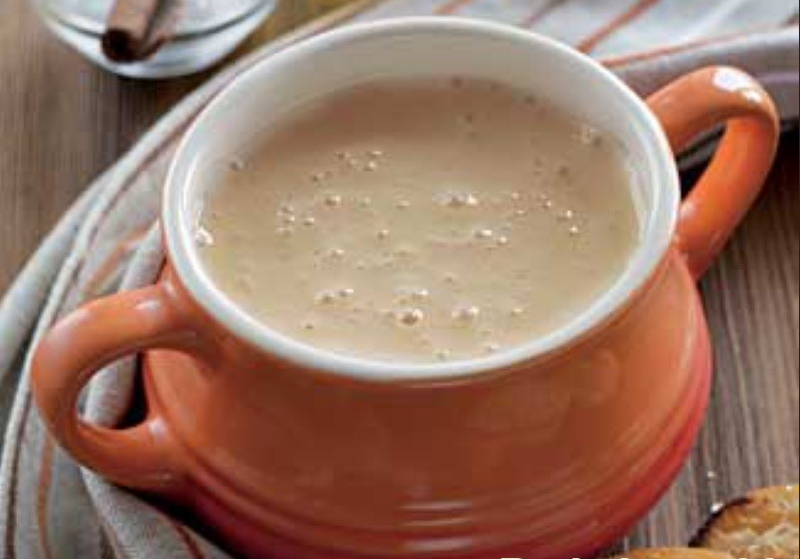 You can also drink kefir serum. To do this, the milk is fermented according to the method described, and then the liquid part of the curdled milk is drained. In some markets, you can buy the serum separately, but watch for the seller's cleanliness and the conclusion of the Sanitary Station.
You can also drink kefir serum. To do this, the milk is fermented according to the method described, and then the liquid part of the curdled milk is drained. In some markets, you can buy the serum separately, but watch for the seller's cleanliness and the conclusion of the Sanitary Station.
Recipe No.3
Decoction of broth - concentrate of prebiotics. For a healing drink you need 2 tbsp.l.dry turn and 300 ml hot water. After cooling, the broth can be drunk at 1 tbsp.l.before each meal, that is at least 3 times. The course of treatment is not more than one week.
Prevention of dysbiosis in children
As prevention, doctors advise using prebiotics - natural products that stimulate the growth of beneficial bacteria. They are split only in the large intestine, that is, intact and safe deliver food for microorganisms with a positive reputation.
The number of products containing prebiotics includes :
- sour-milk products;
- cereals;
- bread;
- corn flakes;
- garlic;
- onion;
- peas;
- beans;
- field chicory.

For babies, the best prevention is breastfeeding.
Dysbacteriosis in children: advice and feedback
- From the side of medicine there is one basic advice: to look for the underlying disease, the symptom of which is dysbiosis.
- Public opinion converges on eliminating factors that cause an imbalance in the intestinal microflora.
- Many doctors do not mind combining traditional methods of treatment and official. It is this combination that allows you to eliminate symptoms that are uncomfortable for the baby and look for the main diagnosis.
